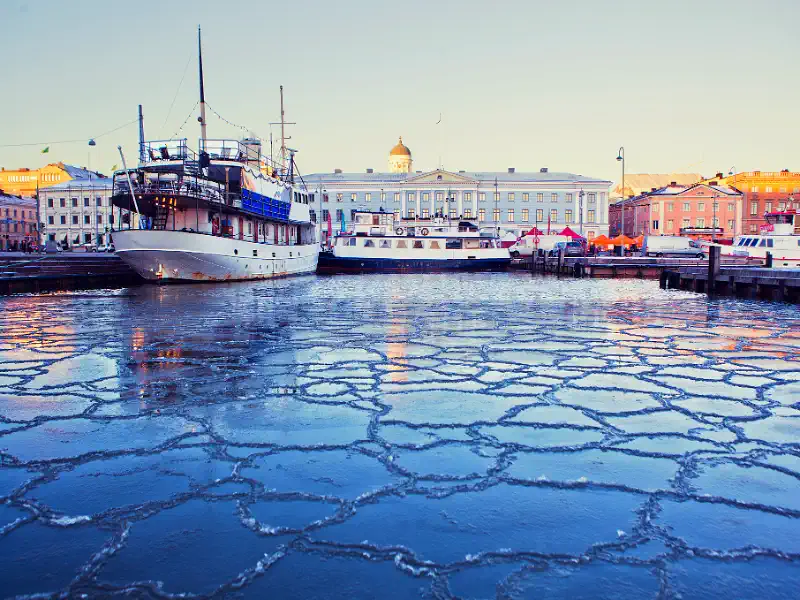
Why do lightning strike the Burj Khalifa skyscraper, Dubai, UAE?
During bad weather, the world's tallest skyscraper, Burj Khalifa, was struck by lightning. A video filmed by eyewitnesses appeared on social networks. The skyscraper reaches a height of 828 meters and has 163 floors.
Lightning strikes the Burj Khalifa skyscraper in Dubai due to its height, which attracts lightning strikes.
Skyscrapers, including the Burj Khalifa, are typically protected by special lightning rods and grounding systems that direct lightning strikes into the ground, minimizing the risk of damage to the building and keeping people inside safe.
Lightning is produced by static electricity that accumulates in thunderclouds. When different parts of the cloud become positively and negatively charged, an electric field is created. If the potential difference is sufficient, a discharge occurs between cloud and ground or between clouds.
Skyscrapers such as the Burj Khalifa can attract lightning due to their height. Tall structures provide a path of less resistance for lightning to strike, especially if they are located in exposed areas. Additionally, the materials used in the construction of a building can also affect its ability to attract lightning.
Finally, climatic conditions, such as the frequency of thunderstorms and lightning in a region, can influence the likelihood that a skyscraper will be struck by lightning. In areas with frequent thunderstorms and lightning, the risk of lightning striking tall buildings may be greater.
Founder and chief forecaster of the Pogodnik service. He has many years of experience in the meteorological service. He is the author of numerous scientific publications and popular articles about the weather.




